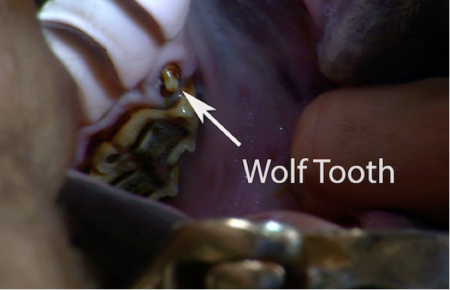Blog

Recent Posts
- 5 Reasons why to choose Micro Vision
- Why equine cribbing is unhealthy?
Why Equine Wolf Teeth needed to Extract?
Wolf teeth are little, shallow-rooted teeth that are found right in front of the upper initial cheek teeth and on the lower jaw sometimes. They appear between the ages of 5 and 12 months in both fillies and colts. Wolf teeth will grow in approximately 70% of horses. Canine teeth, which are bigger and positioned more forward in the mouth bars, are sometimes confused with them.
Wolf teeth are not used for chewing since they do not come into touch with other teeth. Millions of years ago, wolf teeth were similar in size to the rest of the cheek teeth and were employed for grinding food, according to fossil records. Horses were little forest brush eaters back then, with cheek teeth that were smaller and narrower than those of sheep and goats. There were seven functional cheek teeth in each row in these early horses, compared to six in today’s horses.
When wolf teeth come into touch with the bit, they might induce a painful reaction due to their placement. Extracting wolf teeth is standard procedure to assist reduce behavior problems such head tossing, rearing, head tilting, and tugging against the bit.
Micro Vision offers the Burgess Set for wolf tooth extraction, which is ergonomically designed to extract wolf teeth.



